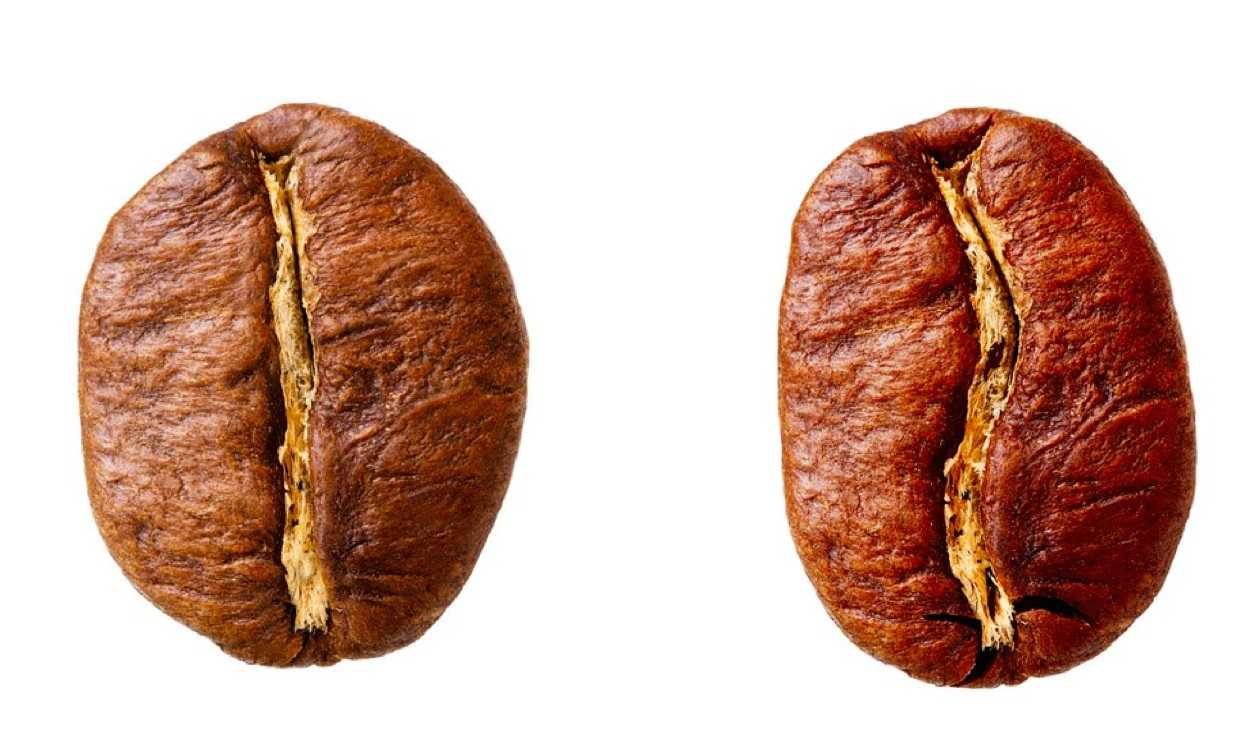WASHINGTON – You wait in line for your daily cup at your favorite coffee shop, like every morning. But today, something seems wrong with your precious, life-giving cup of joe.
As the steam clouds your vision, you notice the familiar, nutty scent is tainted with hints of – what is that, a barnyard? And upon taking your first sip, instead of tasting the notes of “nectarine and chocolate” you were promised – bitter grass. Your coffee tastes like grass.
Robusta, you think. Drat.
The Robusta species of coffee bean (which, as its name suggests, is quite resilient to disease and adverse growing conditions) is cheaper than the complex Arabica bean, so the former is frequently used in instant coffee.
In a study published earlier this month in the journal Food Chemistry, Italian researchers analyzed each bean and came up with a chemical that could be used to tell the percentage of each species of bean in blends.
The scientists think their method is cheaper than current blend identification methods, and could help brewers catch coffee traders who mislabel their blends. Cheaper blend identification methods are especially important given the rising popularity of specialty coffee among Americans.
“Unfortunately, man is bad,” said study co-author Luigi Servillo, researcher at the Second University of Naples in Naples, Italy. “And traders even more.” He suspected that enterprising coffee traders might be replacing some Arabica beans with Robusta beans to increase profits.
Servillo’s team prepared a mixture of each species of bean with formic acid and water, then passed it through a high-performance liquid chromatography (HPLC) instrument.
Specific properties cause different coffee chemicals to move faster or slower through the instrument.
The researchers use how quickly the chemical passes through a detector to determine what it’s made of – like how you can tell whether you’re drinking soda or a milkshake based on how quickly it travels through the straw.
The group observed 20 times more homostachydrine (a harmless, naturally occurring chemical) in the Robusta beans than in the Arabica beans. They also noted that the chemical remained even after roasting.
Servillo’s team was able to use the chemical to verify the percentage of each bean advertised in store-bought blends, like “100 percent Arabica” vs. “60 percent Arabica, 40 percent Robusta.”
Those extra Robusta beans can make a big difference in taste, at least according to some coffee fans.
Arabica beans are sweeter and associated with complex coffee flavors, such as “floral” or “nutty” or any of the other adjectives your barista promises, said Molly Spencer, a UC Davis graduate student who helped create a coffee flavor wheel.
Robusta has more caffeine, she said, so the beans taste bitter – with a less complex flavor.
Said Tracy Allen
Today, accurately advertising the percentage of each bean in a blend is important to many brewers and coffee shops, said Tracy Allen, the president of the Specialty Coffee Association of America. Americans know a lot more about coffee than they used to, and care about what’s in their cup.
















